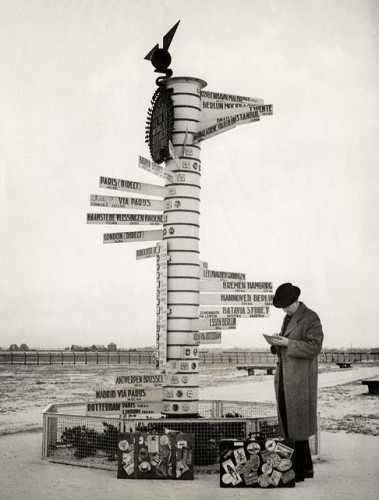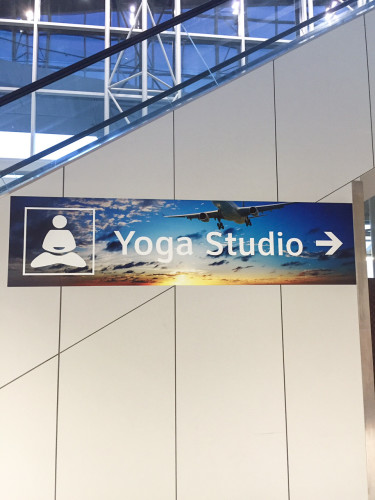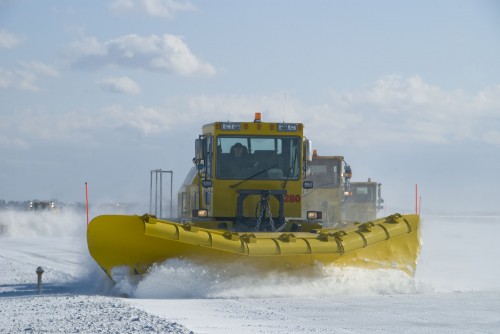I’m doing a fill-in stint over on the Today in the Sky blog at USA TODAY this week. Here are are some of the stories I’ve been working on over there:
Airport yoga studio round-up
New Year, new resolutions: lots of travelers have vowed to be healthier, less-stressed when out on the road this year and, next to measured walking paths and restaurant menus with tasty vegetarian and gluten-free options, yoga rooms are some of the best tools airports have to offer.
Yoga aficionados encourage travelers to relax and stretch anywhere they can, but here’s a snip-n-save list of official yoga spaces currently at U.S. airports:
San Francisco International Airport : SFO kicked off the airport yoga room trend back in January 2012 and has yoga rooms in Terminal 2 (in Boarding Area D) and Terminal 3 (Boarding Are E, near Gate 69). Both are open 24 hours. Mats provided.
Chicago O’Hare Airport: Located on the mezzanine level of the Terminal 3 Rotunda, near the urban garden. A video monitor offers yoga exercise techniques and a public restroom for changing clothes is nearby. Mats provided. Open 6 a.m. to 10 p.m.
Chicago Midway Airport: Located on Concourse C, next to Mother’s Room. A video monitor offer yoga instruction tips. Mats provided. Open 6 a.m. to 10 p.m.
Burlington International Airport, Vermont: Located on the second floor, near a family bathroom and across from the airport Observation Tower. Mats provided.
Dallas/Fort Worth International Airport: Yoga studio spaces open 24 hours at Gate D40 and at Gate E31. Mats provided. The Gate E31 yoga space is fairly new and is tucked beneath the Skylink escalator. In addition to exercise balls and stretch bands, DFW plans to create its own set of videos to offer yoga instructions for beginners and advanced yoga students simultaneously.
Tarmac Delay Study
The tarmac delay rule put in place in 2010 by the Department of Transportation to protect fliers from being stranded for hours on airplanes during long delays has actually made travel delays longer, a new study finds.
The study compared actual flight schedule and delay data before and after the rule went into effect and found that, while it has been very effective in reducing the frequency of long tarmac delays, the rule has raised cancellation rates overall and created longer travel times.
“Cancellations result in passengers requiring rebooking, and often lead to extensive delay in reaching their final destinations,” the study conducted by researchers at Dartmouth College and the Massachusetts Institute of Technology concluded.
The tarmac delay rule was put into place after a series of highly publicized incidents left passengers stuck in airplanes during ground delays for lengthy periods of time and, among other provisions, imposes hefty fines on airlines that violate a three-hour tarmac delay limit.
The study proposes a modified version of the DOT’s rule that increases the tarmac limit by a half-hour, to 3 ½ hours, and applies it only to flights with planned departures before 5 p.m. The study also suggests that the tarmac time limit to be defined as “the time when the aircraft begin returning to the gate instead of being defined in terms of the time when passengers are allowed to deplane.”
“Passengers overwhelmingly support limiting tarmac time to no more than three hours,” said Kendall Creighton, a spokeswoman for FlyersRights.org, one of the groups that first urged DOT to create protective rules.
But Airlines for America, an industry trade group, would like to see these reforms.
Thanks for visiting Stuck at the Airport. Subscribe to get daily travel tidbits. And follow me on Twitter at @hbaskas and Instagram.


